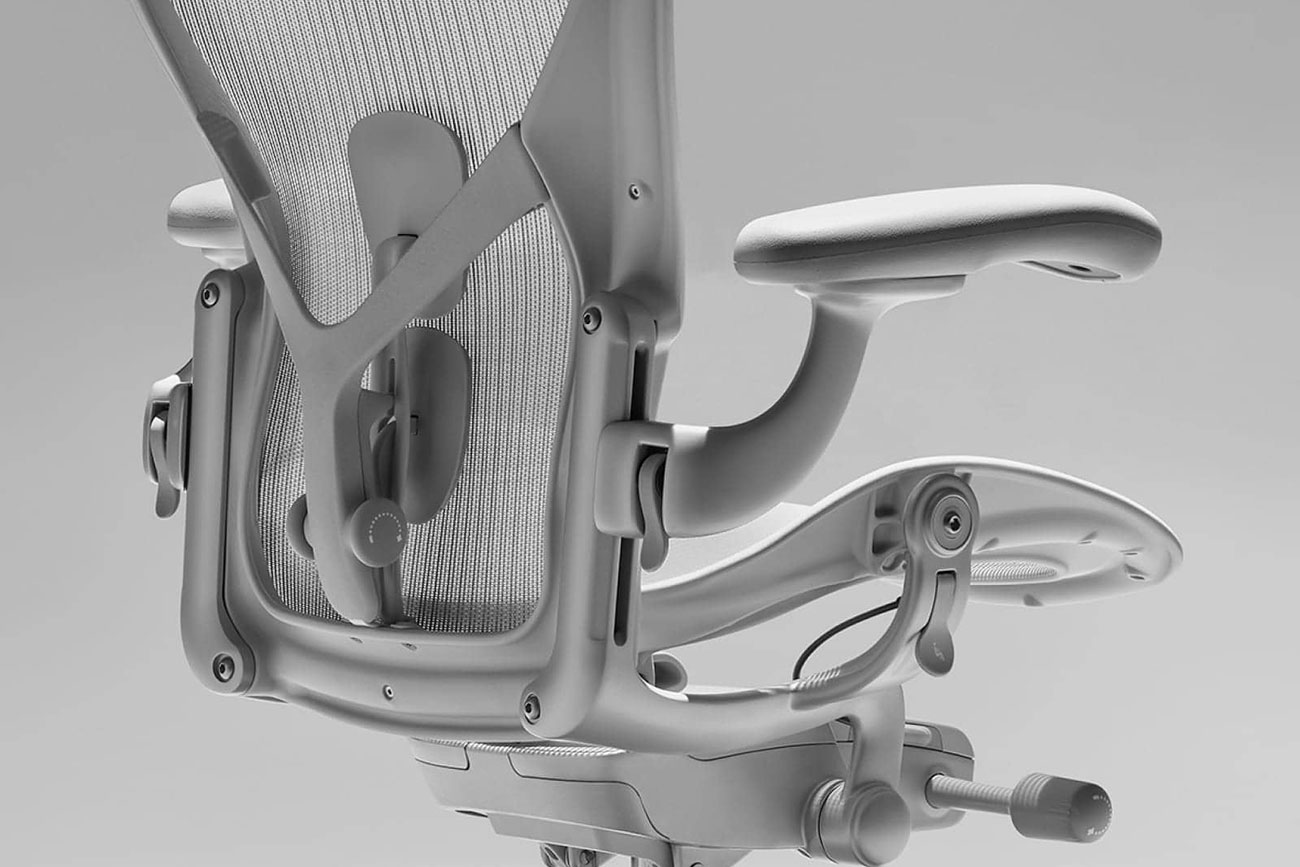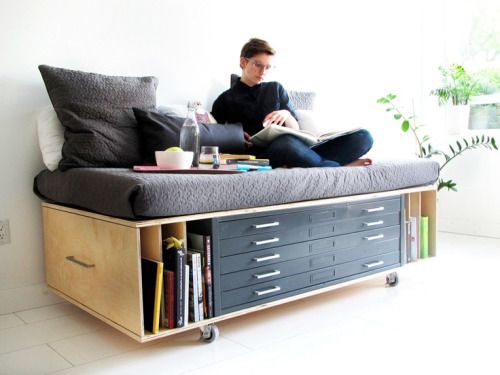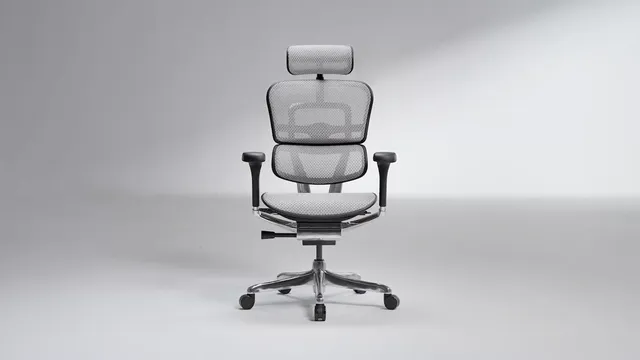When it comes to office chairs, one of the most crucial components for comfort and ergonomics is the backrest. The material of the backrest not only contributes to the chair’s overall durability and aesthetic but also affects your posture and comfort during long hours of work. Let’s delve into the various types of materials used for chair backrests and their unique benefits.
It is important to choose the material that suits your needs to ensure optimal comfort and support when using an ergonomic chair.
Make sure that the chair is made with high quality to maintain durability and long-term comfort.
Types Of Work Chair Backrest Materials

Here are some types of materials commonly used in ergonomic chairs :
1. Mesh Fabric
Mesh fabric is a popular material in ergonomic chairs. It is a lightweight, breathable fabric mesh that provides good ventilation, keeping users cool and dry. The mesh fabric is also elastic, which allows it to adjust to the user’s body shape.
2. Genuine Leather
Genuine leather is a luxurious and durable material option. Chairs with genuine leather covers usually have an elegant look and can provide high comfort. However, they tend to be more expensive than fabric options.
3. Synthetic Leather
Synthetic leather is a more affordable alternative to genuine leather. It is a material that is easy to clean and can give it a look similar to genuine leather.
4. Foam
Foam padding is used on ergonomic chairs to provide extra comfort and support. High density foam foam is often used because it can adjust to the user’s body shape.
5. Nylon
Plastic ergonomic chair frame is more durable, nylon components are not only part of the chair frame but there are several chairs that use the backrest using this nylon material.
6. Faux Leather and Vinyl
Faux leather and vinyl are cost-effective alternatives to genuine leather. They provide a similar aesthetic at a lower price point and are easier to maintain. While not as breathable as other materials, they are suitable for environments where spills and stains are a concern.
7. Mesh Backrests
Mesh backrests are known for their breathability, which helps to reduce sweating and keeps you cool. High-quality mesh conforms to your body, providing targeted support without the need for thick padding. Mesh chairs are often lighter and have a modern appearance.
8. Fabric Upholstery
Fabric backrests offer a wide range of colors and patterns, allowing for customization to match office decor. They are generally more affordable and provide a softer feel. However, fabric can be prone to staining and may require more frequent cleaning.
9. Wood and Plastic
While less common, wood and plastic backrests can be found in more traditional or minimalist chair designs. Wood offers a timeless elegance but may lack the ergonomic support of padded materials. Plastic is often used in stackable chairs for its lightweight and easy-to-clean surface.
Considerations for Choosing a Backrest Material
When selecting a backrest material, consider the following factors:
- Ergonomics: The material should provide adequate support and promote good posture.
- Durability: Choose materials that can withstand daily use and have a longer lifespan.
- Maintenance: Consider how easy the material is to clean and maintain.
- Aesthetics: The material should complement the office environment and reflect the company’s image.
- Budget: Balance the cost with the quality and benefits of the material.
Conclusion
The right backrest material can enhance the comfort and functionality of your work chair. Whether you prioritize durability, comfort, or style, there’s a material that fits your needs. Remember to consider the ergonomics and maintenance requirements to ensure that your chair remains a supportive and valuable part of your workspace






Leave a Reply